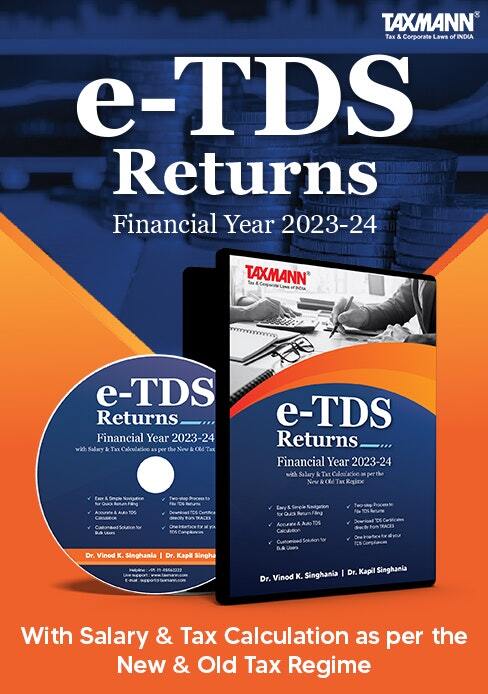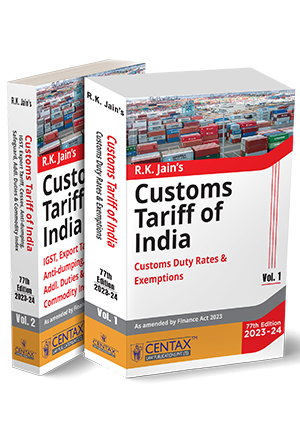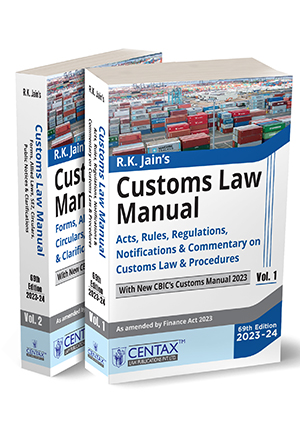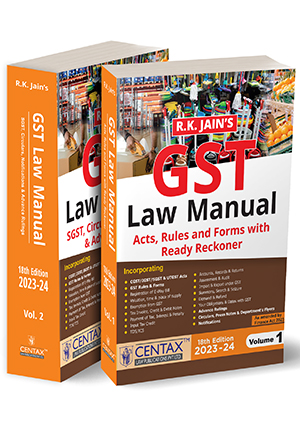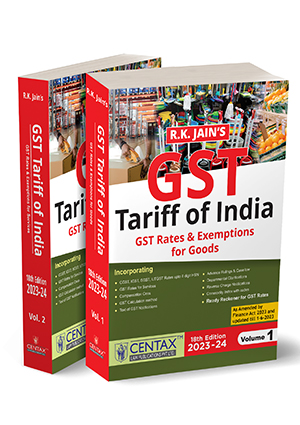Tax Audit | Detailed Analysis of Clause 22 to Clause 25 | As per the Guidance Note issued by the ICAI
- Blog|Tax Audit Week|Account & Audit|
- 9 Min Read
- By Taxmann
- |
- Last Updated on 25 September, 2023

1. Clause 22
Amount of interest inadmissible under section 23 of the Micro, Small and Medium Enterprises Development Act, 2006 (MSMED Act, 2006).
1.1 Requirement of this clause
This clause requires that, if an assessee fails to make payment to the MSME supplier within the time given under section 15 of the MSMED Act, 2006 and require to pay interest to its MSME supplier as per section 16 of the said act then as per section 23 of MSMED Act, 2006 such interest shall not be allowed as a deduction for the purposes of the computation of income under the Income-tax Act, 1961.
For reporting under this clause, an audit should:
- Obtain suppliers list from the assessee covered under MSMED Act, 2006 and obtain udyam registration certificate.
- Obtain from the assessee details of transactions with these suppliers and balance outstanding. Also, obtain an ageing analysis of such suppliers to ascertain outstanding amounts beyond the agreed period (as per section 15).
- Scrutinize whether any interest paid or payable to such supplier (as required u/s 16) is debited to profit and loss account and if any such amount is debited then the auditor should report the same under clause 22.
- In case, upon due verification, it is found that the assesse has neither provided for nor paid any interest payable under the MSMED Act, 2006 no amount is inadmissible under section 23 of MSME Act and accordingly, no reporting required under clause 22.
- In case the assessee is a company, disclosures of trade payables notes to the accounts should be checked. Also seek the Form MSME 1, filed with ROC.
- In case the assessee does not have information regarding this clause, mention that the entity does not have relevant information regarding any MSME which is registered under MSMED Act, 2006 hence amount due and interest payable is not ascertainable.
- If the assessee has adopted the mercantile basis of accounting and not provided for the interest payable under the MSMED Act, 2006, the non-provision of the same under the MSMED Act may affect the true and fair view. In this case, the tax auditor may give suitable qualifications in Form no. 3CB.
1.2 Relevant sections of MSMED Act
- Section 15 –This section requires payment should be made to MSME supplier before or at the date agreed upon in writing which should not exceed 45 days from acceptance date or deemed acceptance date.
- Section 16 – This section provides for where the buyer fails to make payment as required under section 15 ` immediately following the date agreed upon as the case may be and the rate which is 3 times of the bank rate notified by the Reserve Bank.
- Section 22 –This section requires the buyer to furnish additional information in his financial statement if he is required to get his annual accounts audited under any law for the time being in force.
- The principal amount and the interest due thereon (to be shown separately) remain unpaid to any MSME supplier at the end of each accounting year.
- The interest amount paid by the buyer as per 16, along with the amount of the payment made to the supplier beyond the appointed day during each accounting year.
- The interest amount is due and payable for the period of delay in making payment but without adding the interest specified under this Act.
- The amount of interest accrued and remaining unpaid at the end of each accounting year.
- The amount of further interest remaining due and payable even in the succeeding years, until such date when the interest dues as above are actually paid to the MSME, for the purpose of disallowance as a deductible expenditure under section 23.
- Section 23 – Notwithstanding anything contained in the Income-tax Act, 1961 as per section 23 of MSMED Act, 2006 interest, as calculated under section 16 shall not be allowed as a deduction for the purposes of the computation of income under the Income-tax Act, 1961.
2. Clause 23
Particulars of payments made to persons specified under section 40A(2)(b).
This clause requires to furnish the following details regarding persons specified u/s 40A(2)(b), termed as a related party during the relevant previous year:
|
Name of Related Party |
Relation | Date | Payment made (Amount) | Nature of transaction |
PAN of Related Party |
As per section 40A(2)(b) payment made or is to be made to the person specified under 40A(2)(b) shall be disallowed to the extent such amount is excessive or unreasonable having regard to:
- Its fair market values
- For the legitimate needs of business or profession of the assessee
- The benefit derived by or accruing to the assessee from such expenditure
For reporting under this clause, an audit should:
- Obtain a list of persons as specified in 40A(2)(b) and details of transactions made with them.
- Review the related party disclosures made in the financial statements of the assessee.
- In case of voluminous transactions, grouping should be made for similar transactions based on their nature and disclosure and accordingly the scrutiny of items of expenditure/payments to the specified persons should be done.
- Only the particulars of all payments to the specified persons shall be provided, irrespective of the amount of expenditure incurred/accrued in the books of account
The tax auditor is not required to give his opinion on the unreasonability/excessiveness of the payments.
Also, as per the guidance note, the tax auditor should refer to the details given in the annual accounts for related party transactions as per AS-18, if available, for examining and reporting under this clause. While using the above information from annual accounts, the tax auditor should consider the difference in the definitions of ‘related party’ as per AS-18 and ‘persons specified’ in section 40A(2)(b) of the Act.
3. Clause 24
Amounts deemed to be profits and gains under section 32AC or 32AD or 33AB or 33ABA or 33AC
Details under this clause shall be provided in the manner below:
|
S. No. |
Section | Description |
Amount |
3.1 Section 32AC
Where the company is engaged in the business of manufacture or production, acquires and installs new asset, whose aggregate cost is more than 100 crores, after the 31st day of March 2013 but before the 1st day of April 2015, a sum equal to fifteen percent of the actual cost of new assets shall be allowed as deduction. However, in case where company transfer this asset within a period of 5 years, deduction availed on such new asset shall be deemed to be the income of the assessee chargeable under the head “Profits and gains of business or profession” of the previous year in which such new asset is sold or otherwise transferred.
The auditor is required to report the deemed income chargeable as profits and gains of business in case where the specified circumstances are violated.
3.2 Section 32AD
Where an assessee set up its manufacturing or production enterprise on or after the 1st day of April, 2015 in any notified backward area of State of Andhra Pradesh or in the State of Bihar or in the State of Telangana or in the State of West Bengal, during the period beginning on the 1st day of April, 2015 and ending before the 1st day of April, 2020, the deduction is allowed to 15% of the actual cost of the new asset. However, if assessee sold or transferred its new asset within 5 years for a reason other than amalgamation or demerger or re-organization of business, deduction availed on such new asset shall be deemed to be the income of the assessee chargeable under the head “Profits and gains of business or profession” of the previous year in which such new asset is sold or otherwise transferred.
The auditor is required to report the deemed income chargeable as profits and gains of business in case where the specified circumstances are violated.
3.3 Section 33AB
This section is applicable to the assessee who is engaged in the businesses of growing and manufacturing tea coffee and rubber in India, shall be eligible for deduction if its fulfills conditions specified under this section.
The auditor is required to report the deemed income chargeable as profits and gains of business in case where the specified circumstances are violated.
3.4 Section 33ABA
This section is applicable to those assessees who are engaged in carrying in the business of prospecting for or extraction or production of petroleum or natural gas or both in India, and who entered into an agreement of CG for this purpose, then, he is allowed the deduction in respect of Site Restoration Fund. This clause put a reporting requirement on the auditor to report the deemed income chargeable as profits and gains of business in case where the specified circumstances are violated.
3.5 Section 33AC
This section is not applicable from AY 2005-2006.
4. Clause 25
Any amount of profit chargeable to tax under section 41 and computation thereof.
|
Name of Party |
Amount of Income | Section | Description of transaction | Computation if any |
Remarks if any: |
| Section 41(1): Recovery against any Deduction Allowed earlier | If any expenditure, loss, trading liability is allowed to the assessee as a deduction in respect of any earlier previous year and in later years if assessee obtains such amount then the amount obtained by the assessee or the value of benefit accruing to him shall be deemed to be profit and gains of business or profession for that previous year and accordingly taxable.
In case of succession, if after taking deduction of such expenditure, loss, trading liability by predecessor such amount or value of benefit obtained by successor then it shall be deemed to be income of successor under the head profits and gains of that previous year and shall be taxable. |
| Section 41(2): Balancing Charge on Assets of an undertaking engaged in Generation or Generation and Distribution of Power | Any building, machinery or plant or furniture which is owned by assessee and whose depreciation is claimed u/s 32 and it has been sold, discarded, demolished or destroyed and the ‘Moneys Payable’ in respect of such together with the value of scrap, if any, exceeds the ‘written down value’, then, so much of the excess which does not exceed the difference between the ‘actual cost’ and the ‘written down value’ shall be chargeable to income-tax as business income of the previous year in which the money payable for the building, machinery, plant or furniture became due. |
| Section 41(3): Profit on Sale of Capital Assets used for Scientific Research | Where any capital asset used in scientific research is sold without having been used for other purposes and the sale proceeds, including deduction amount allowed under section 35, exceeds capital expenditure amount incurred on purchase of such asset, such surplus or the amount of deduction allowed, whichever is less, is chargeable to tax as business income in the year in which the sale took place. |
| Section 41(4): Recovery out of Bad Debts Allowed as a Deduction | In case of deduction allowed in respect of bad debts under section 36(1)(vii) and subsequently any amount recovered on such debt, which is greater than difference between debt and deduction allowed, then excess realization shall be deemed to be the business income and chargeable to tax in the year of recovery. |
| Section 41(4A): Amount withdrawn from Special Reserve Created and Maintained by certain Financial Institutions | Where a deduction has been allowed in respect of any special reserve created and maintained under section 36(1)(viii), if any amount is subsequently withdrawn from the special reserve, it shall be deemed to be the profits and gains of business or profession and taxable as the income of the previous year in which such amount is withdrawn, whether the business is in existence in that previous year or not. |
| Section 41(5): Adjustment of Loss | If business and profession is discontinued and loss pertaining to the year in which it is discontinued could not be set off against any other income of that year and after discontinuation, there is income chargeable to tax under sub-section (1), (3) or (4A) then unabsorbed loss pertaining to the year in which business/profession was discontinued is permitted to be set off against notional business income under section 41(1), (3), (4) or (4A) even after 8 years even if the return of loss is not submitted in time. |
Further, the Guidance Note 2023, draws the attention of tax auditors to the Supreme Court’s ruling in CIT v. Sugauli Sugar Works (P.) Ltd. [1999] 236 ITR 518/102 Taxman 713 (SC), wherein it was held that expiry of the limitation period does not extinguish a debt. The only remedy is barred as it bars the creditors from taking recourse to a legal remedy for enforcement of the debt. Hence, barring by limitation would not be tantamount to cessation of liability u/s 41(1).
It also requires that if any amount reported against clause 41 is not routed through a profit and loss account or income and expenditure account, the tax auditor may include the said fact in the observation para [Para 3 of Form No. 3CA/Para 5 of Form No. 3CB] of the audit report.
Dive Deeper:
Detailed Analysis of Clause 9 to 12
Detailed Analysis of Clause 13 and Clause 14
Detailed Analysis of Clause 15 and Clause 16
Detailed Analysis of Clause 17 to Clause 19
Detailed Analysis of Clause 20 and Clause 21
Detailed Analysis of Clause 26 to Clause 29
Detailed Analysis of Clause 30 to Clause 30C
Detailed Analysis of Clause 31
Detailed Analysis of Clause 32 to Clause 34
Detailed analysis of Clause 35 to Clause 38
Detailed Analysis of Clause 39 to Clause 41
Detailed Analysis of Clause 42 and Clause 43
Disclaimer: The content/information published on the website is only for general information of the user and shall not be construed as legal advice. While the Taxmann has exercised reasonable efforts to ensure the veracity of information/content published, Taxmann shall be under no liability in any manner whatsoever for incorrect information, if any.
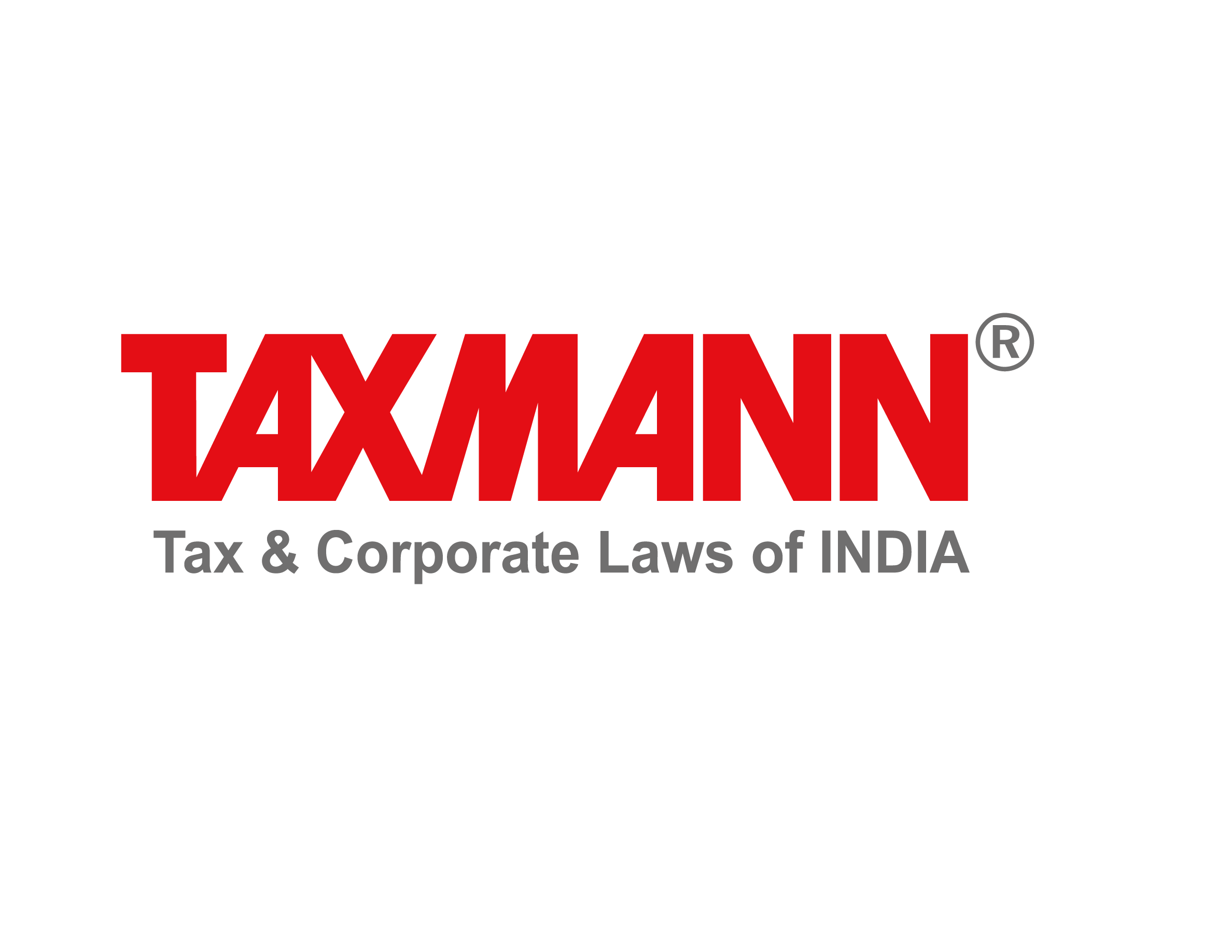
Taxmann Publications has a dedicated in-house Research & Editorial Team. This team consists of a team of Chartered Accountants, Company Secretaries, and Lawyers. This team works under the guidance and supervision of editor-in-chief Mr Rakesh Bhargava.
The Research and Editorial Team is responsible for developing reliable and accurate content for the readers. The team follows the six-sigma approach to achieve the benchmark of zero error in its publications and research platforms. The team ensures that the following publication guidelines are thoroughly followed while developing the content:
- The statutory material is obtained only from the authorized and reliable sources
- All the latest developments in the judicial and legislative fields are covered
- Prepare the analytical write-ups on current, controversial, and important issues to help the readers to understand the concept and its implications
- Every content published by Taxmann is complete, accurate and lucid
- All evidence-based statements are supported with proper reference to Section, Circular No., Notification No. or citations
- The golden rules of grammar, style and consistency are thoroughly followed
- Font and size that’s easy to read and remain consistent across all imprint and digital publications are applied
